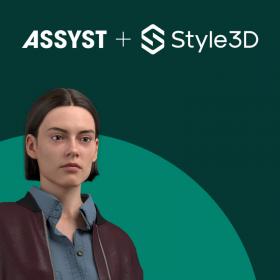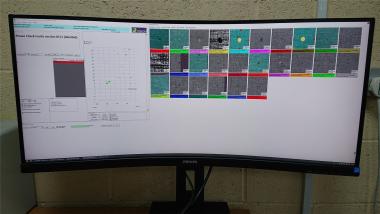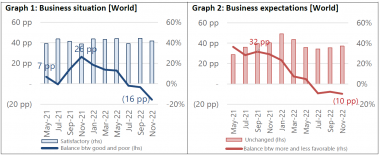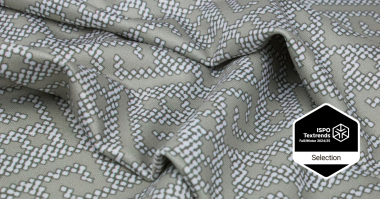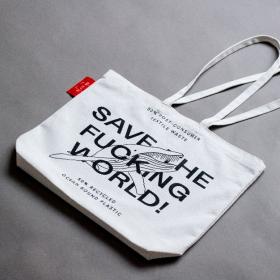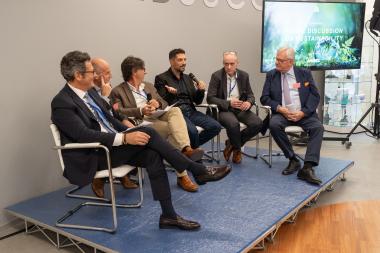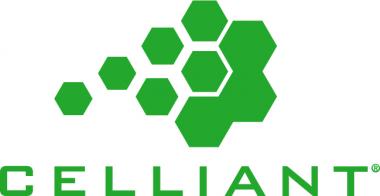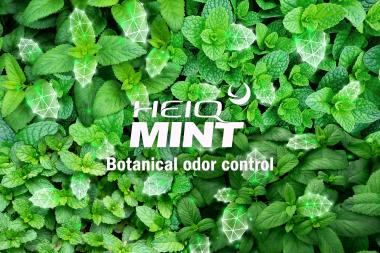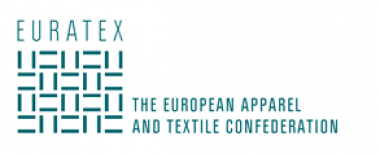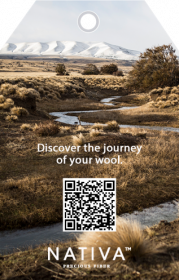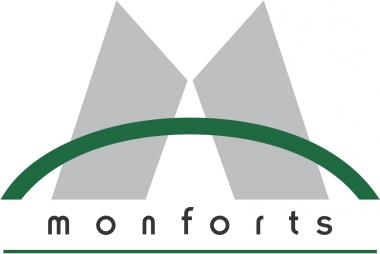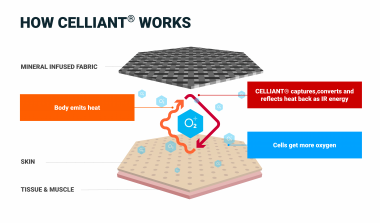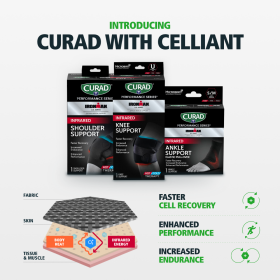Asia meets EMEA: Assyst and Style3D join forces
- Style3D is sole shareholder of Assyst
- Integration of both product lines from 3D design to production
- Assyst remains independent within Style3D
Assyst GmbH is as of now part of Style3D. The German fashion technology market leader and the leading 3D software company are joining forces. For Assyst customers and partners nothing will change.
Die Assyst GmbH betreibt ihre Geschäfte weiterhin eigenständig, entwickelt alle ihre Produkte weiter und strebt mit Style3D eine gemeinsame, durchgängige Produktwelt an. Der erste gemeinsame Auftritt des Assyst-Style3D-Teams findet bereits auf der Assyst Experience im Rahmen der Munich Fabric Start (24.-26. Januar 2023) statt.
Assyst will continue to operate its business independently and to develop, sell, and service all its existing products. Style3D and Assyst will start to integrate their products into a universal, seamless product world. The Assyst-Style3D team will make its first joint appearance already at the end of January at the Assyst Experience at Munich Fabric Start (24-26 January 2023).
Both companies are deeply rooted in apparel development and production: Style3D in Asia and Assyst in EMEA. Together, they are planning to create a global product offering for producers and brands that covers the entire apparel value chain from development to production and the various sales touchpoints.
Starting point will be the integration of the flagship products of both companies – Style3D and Assyst.CAD. Style3D is currently the most advanced 3D fashion design software with a high growth rate globally. While Assyst is market leader with its 2D CAD technology in Germany, Austria, Italy and Switzerland and offers a seamless software portfolio from 2D and 3D CAD to production (Automarker) and to all sales touchpoints.
Major driver of the merger is the companies’ complimentary technology offering and the vision to create a seamless digital process from providing digital fabric and accessories up to the realization of products.
The merger also strengthens Assyst's competitive position in the 3D design sector. Style3D, in turn, will benefit from Assyst's expertise in the development, CAD and digital simulation of apparel products and the access to the international market.
Looking ahead to the future, both parties will offer 2D-based & 3D-based one-stop solutions for business clients leveraging on their global tech base and complementary serviceable resource dominance. On January 24-26, the Assyst-Style3D team will meet clients and present its products at the Assyst Experience at Munich Fabric Start.
Assyst GmbH


